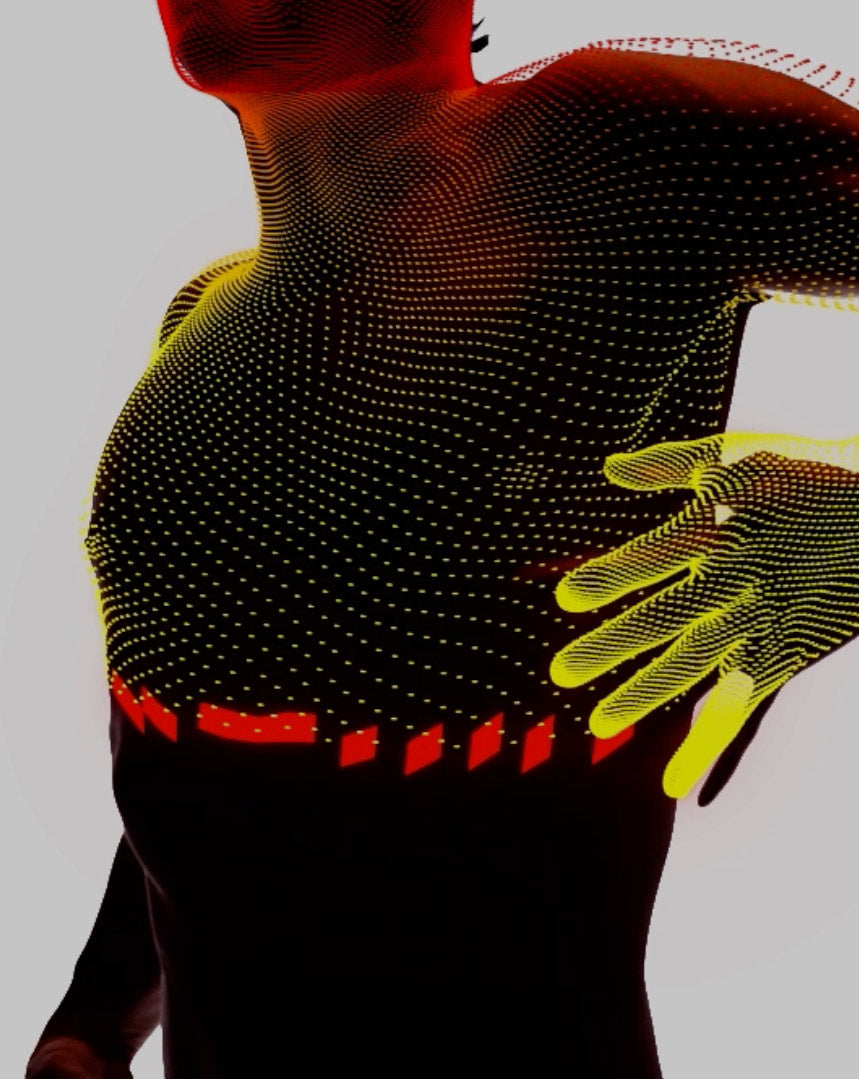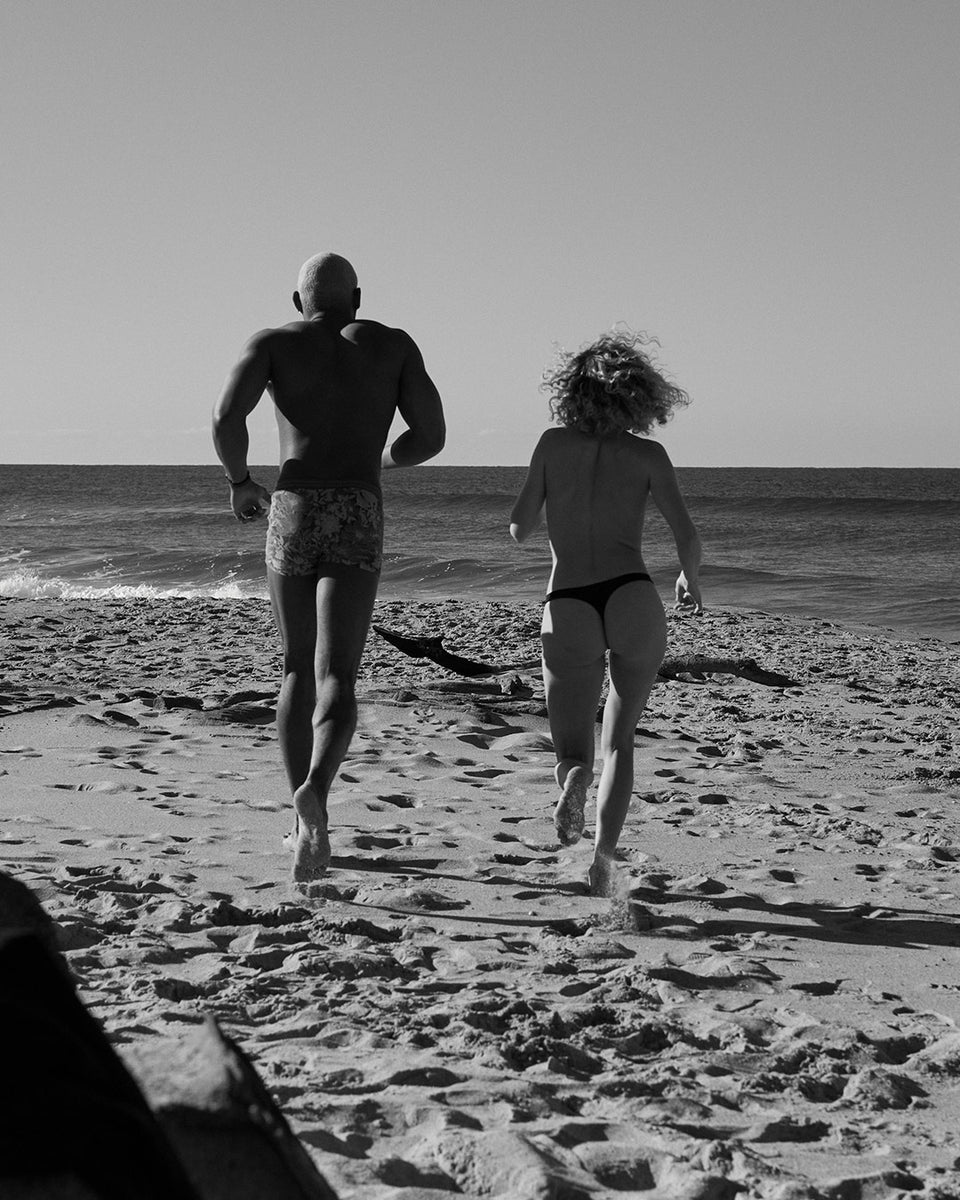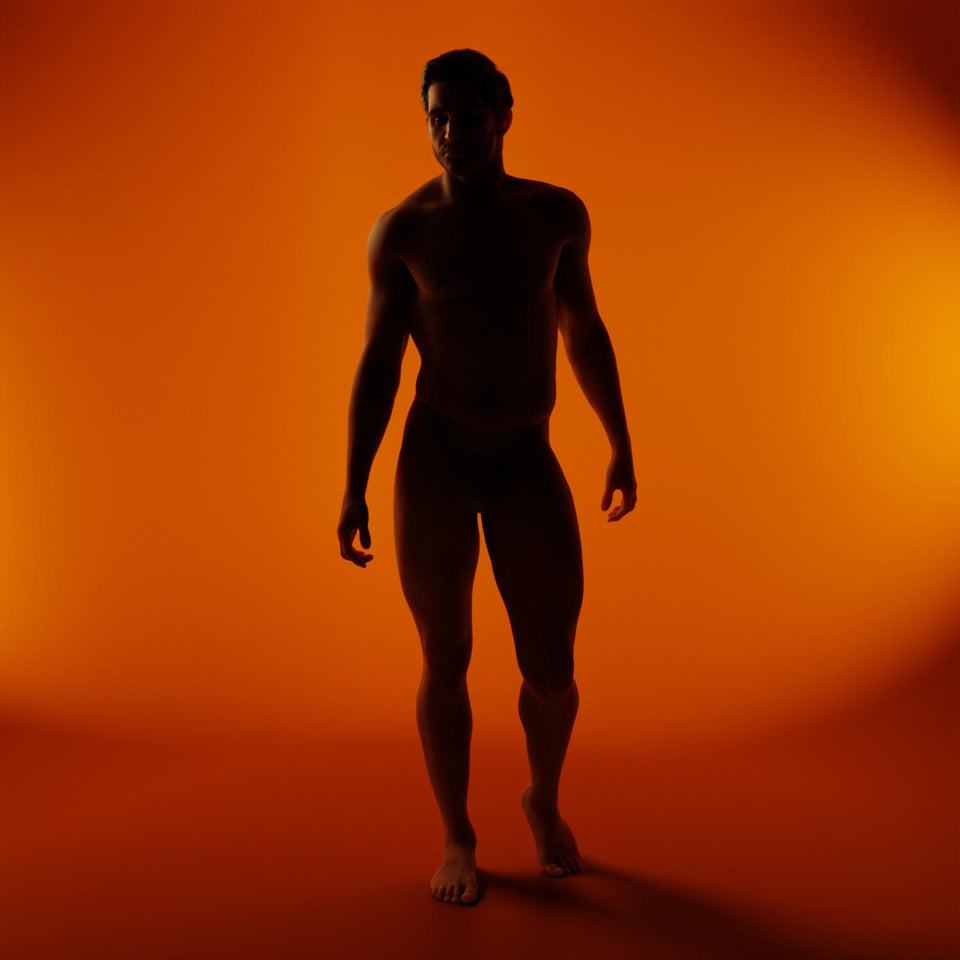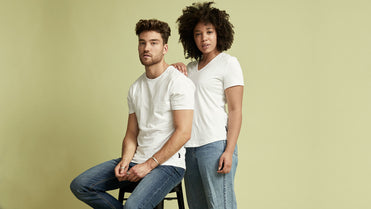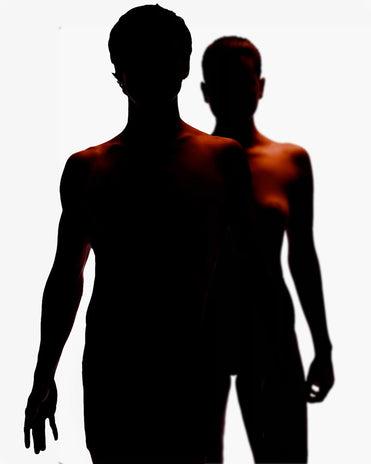Fuchsia is the formidable lovechild of pink and purple – the polar opposite of a pastel, it's intense and unmistakable. At the same time it’s hard to categorise, as much at home on Grandma's bedspread as it is on a tech startup logo.
So flaunt your fine fettle in fuchsia, because gendered colour doesn't live here!
Back to the Fuchsia

Native Americans used the root of this plant to create a black pigment used for colouring wool. The Maori used the blue pollen from the flowers for make-up, while in Japan, this flower is the symbol of good taste.
As well as a colour, Fuchsia is a global posse of flowering plants (over 100 species), with a blossom that's blooming lovely. You know the one – you've seen it hanging in planter baskets, possibly even at Grandma’s place. Otherwise known as ‘lady's eardrops’, Fuchsia flowers are the quintessential English country village vibe with a shock of colour drooping over a dark purple middle.
They only last a few days, but grow all over the world and are so hardy that even failed green thumbs can't kill them. These tough shrubs can keep on keeping on during multiple British winters and still flower every year. No wonder the aptly named British Fuchsia Society sings their praises.
Monk/Botanist is a unique job description (and probably the very first slashy), but such was Frenchman Charles Plumier's pastime. A member of the Roman Catholic Order of Minims, Plumier went on no less than three expeditions to the Greater Antilles: the group of Caribbean Islands including Cuba, Puerto Rico, Hispaniola, and Jamaica. Between 1696-1697, on the island of Hispaniola (Haiti today), he documented a new genus of flower which he named Fuchsia Triphylla, after the German botanist Leonhart Fuchs.
Pink And You'll Miss It

Another interesting and very cool finding is that there’s a certain type of brown dwarf star known as Spectral Class T, which scientists are fairly sure glows with a magenta light due to its chemistry.
While fuchsia finds its fame in flowers, in paint and print the same hue is more commonly known as magenta.
In 1859, French Chemist François-Emmanuel Verguin shook up the art world with the emergence of the first synthetic aniline dye, which he called Fuchsine.
Around the same time, the Italians and Austrians went to battle in the town of Magenta, where the Italians (and their French allies) took victory. Tasked with naming their new purple dyes, some British manufacturers wanted something popular in the public dialogue. It could've been because early sales were in army uniforms, or it could've been political – who knows? What's certain is that names of famous battles were in vogue – so the very same colour was rebranded magenta.
From there, the so-called 'purple rash' spread throughout the world, and the fashion industry in particular. It was so in demand that Harvard even switched its collegiate colour from crimson to magenta for a short time.
To this day, magenta remains an entrepreneurial colour, a resounding commercial success and a heavy hitter on the colour wheel.

Whilst fuchsia and magenta are assigned the same hex code for the screen, it’s a little different in print. On paper fuchsia bats more for purple, while magenta tends more towards red.
Regardless of which way it tilts on the colour wheel, fuchsia (aka magenta) is keenly confident. This makes it a valuable colour in design because it works well with black, lime green, yellow, orange and even grey. You can't ignore magenta – it demands attention – and it’s this conviction that brands love to employ – think Cosmo’s masthead or the Sex and the City logo.
But even though it's a commanding colour, technically you can't see it.
That’s right. Magenta has no wavelength ascribed to it in the visible light spectrum. Rather, it’s your brain seeing both red and violet light at the same time, and inventing the halfway hue we know and love.
Wild.
The Art Of Colour

Fauvism was a period of experimentation, and it left a major impression on pictorial composition and study for the rest of the 20th century. It led to artists questioning the role of colour and broadened the representation of reality and paved the way for the first artists to delve into the realm of abstraction.
More than half a century after fuchsine was invented, Paul Gauguin famously used magenta to paint a brilliant bodice in his portrait of Marie Lagadu in 1890. Then a few years later, the Fauvists exploded onto the art scene, using colours like magenta as an expression of freedom, along with other non-traditional colours.
Fauvism refers to the short period between 1905-1910 and a group of artists who sought to shock and stir audiences. Henri Matisse and André Derain held an exhibition showing the fruits of a summer working together in the South of France and on seeing their pieces, an art critic minted the name 'Les Fauves,' meaning 'the wild beasts.'
Brave, non-lifelike emotive colours, untamed, free pats of paint, simple shapes and vigorous brushwork. Their works had the stamp of a new movement, using colours in a way that didn't necessarily reflect real life.
To the Fauvists, the sky is not always blue, and the grass is not always green – instead, they used colours to articulate emotion.
This artistic freedom essentially transformed the purpose of colour in art. Free from their conventional assignment, colours began to control creative expression, taking on a role beyond likeness. Still figurative and identifiable, the Fauvists laid the groundwork for the abstract expressionist movement of the 1940s and their detonation of colour which would eventually shake the very foundations of art.
The Fuchsia is Now
You can’t be melancholy when you fix your gaze on fuchsia – it’s inherently enlivening, assuring, motivating and a little bit racy. It’s bright and bold with a got-your-back thing going on. Carry off the colour of confidence and flaunt the fact you did it your way with a Magic Fit® Tee in limited edition Fuchsia.

